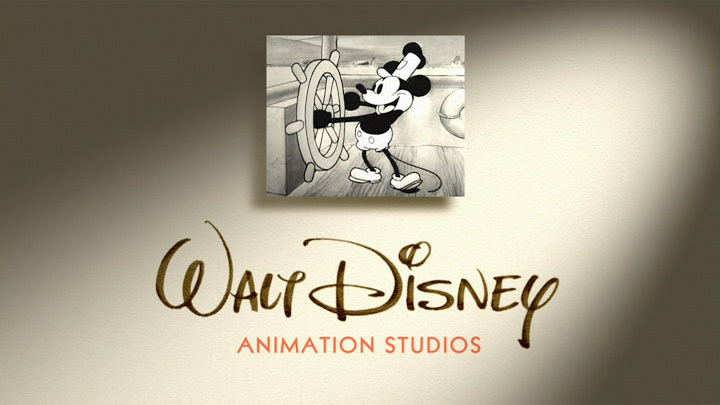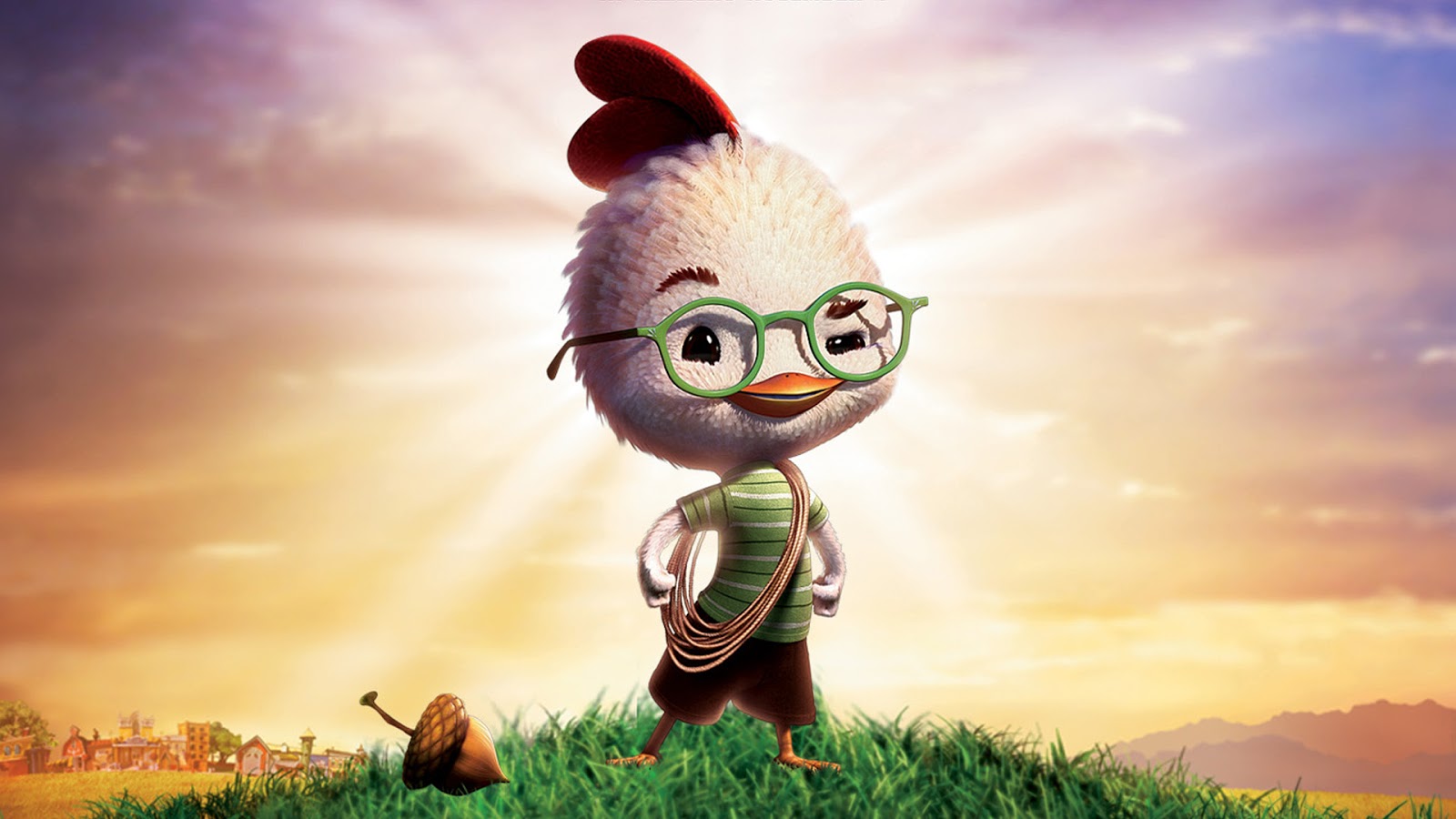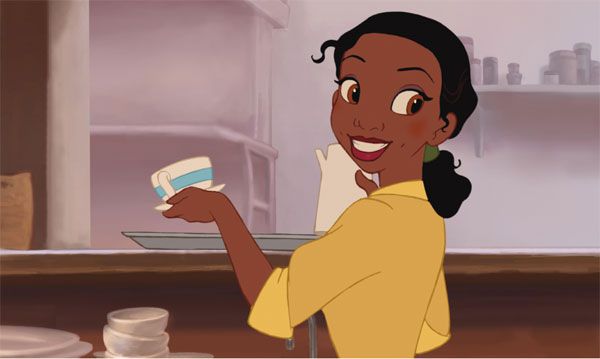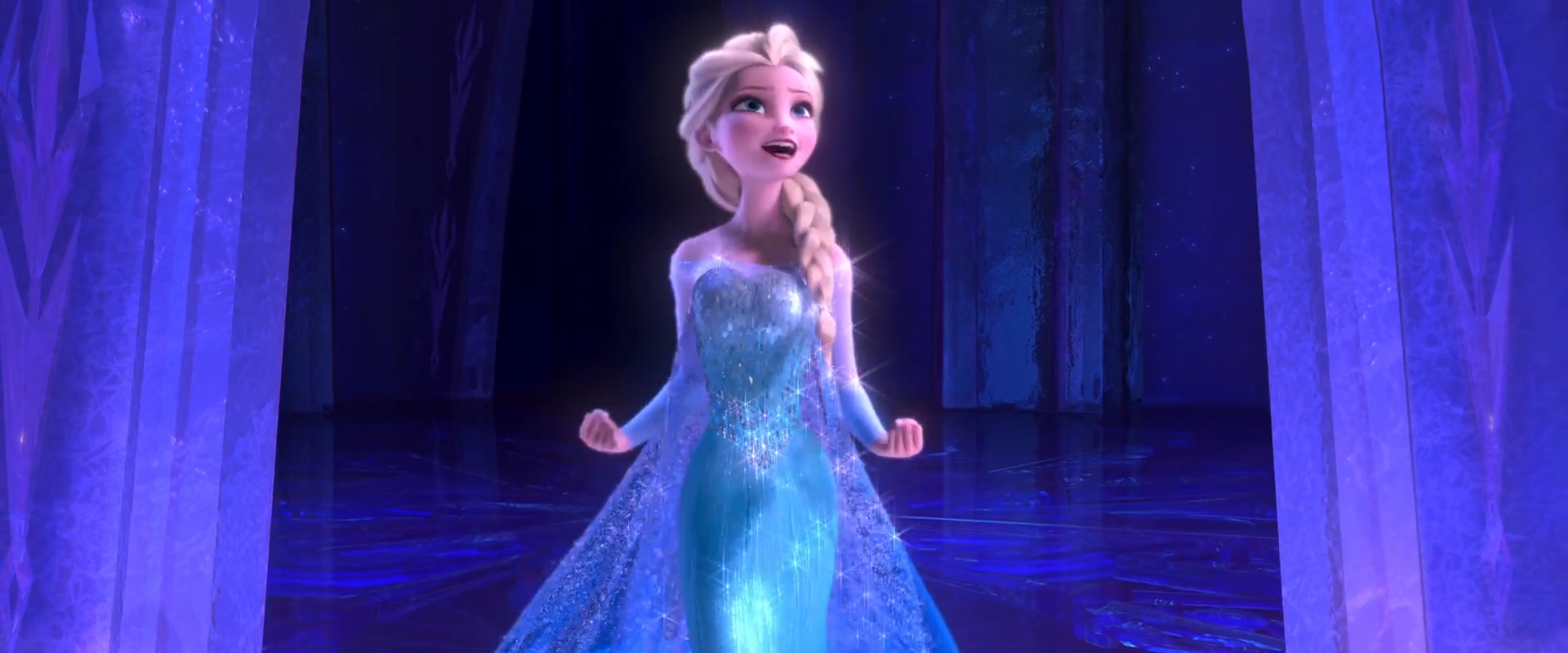Although Disney has been well known for its partnership with Pixar to create computer-generated, animated films, they have also recently revitalized their feature animation branch that has been the source of many classic and new films. In 2006, when Disney purchased Pixar, there was fear within the Walt Disney Animation branch that the company would drop their classic animation branch in favor of Pixar. This was not helped by the studio’s layoffs and failed projects such as Chicken Little (Dindal 2005) and Home on the Range (Finn and Sanford 2004). (Barnes 2014) However, Bob Iger, CEO of Disney, allowed John Lasseter and Edwin E. Camull of Pixar to revitalize the branch and out came movies that would bring it back into the limelight.
Sources Cited:
Dargis, Manohla. “That Old Bayou Magic: Kiss and Ribbit (and Sing).” The New York Times, 24 Nov. 2009. http://www.nytimes.com/2009/11/25/movies/25frog.html?mcubz=0.
Everett, Lucinda. “Why is Frozen so popular? You asked Google - here’s the answer.” The Guardian, 20 Dec. 2016. https://www.theguardian.com/commentisfree/2016/dec/20/google-autocomplete-why-frozen-film-so-popular.
Frederick, Candice. “The Princess and the Frog.” Reel Talk Online, 19 Dec. 2009. http://www.reeltalkonline.org/2009/12/princess-and-frog.html.
Huddleston, Tom. “The Princess and the Frog. TimeOut, 26 Jan. 2010. https://www.timeout.com/london/film/the-princess-and-the-frog.







 RSS Feed
RSS Feed
